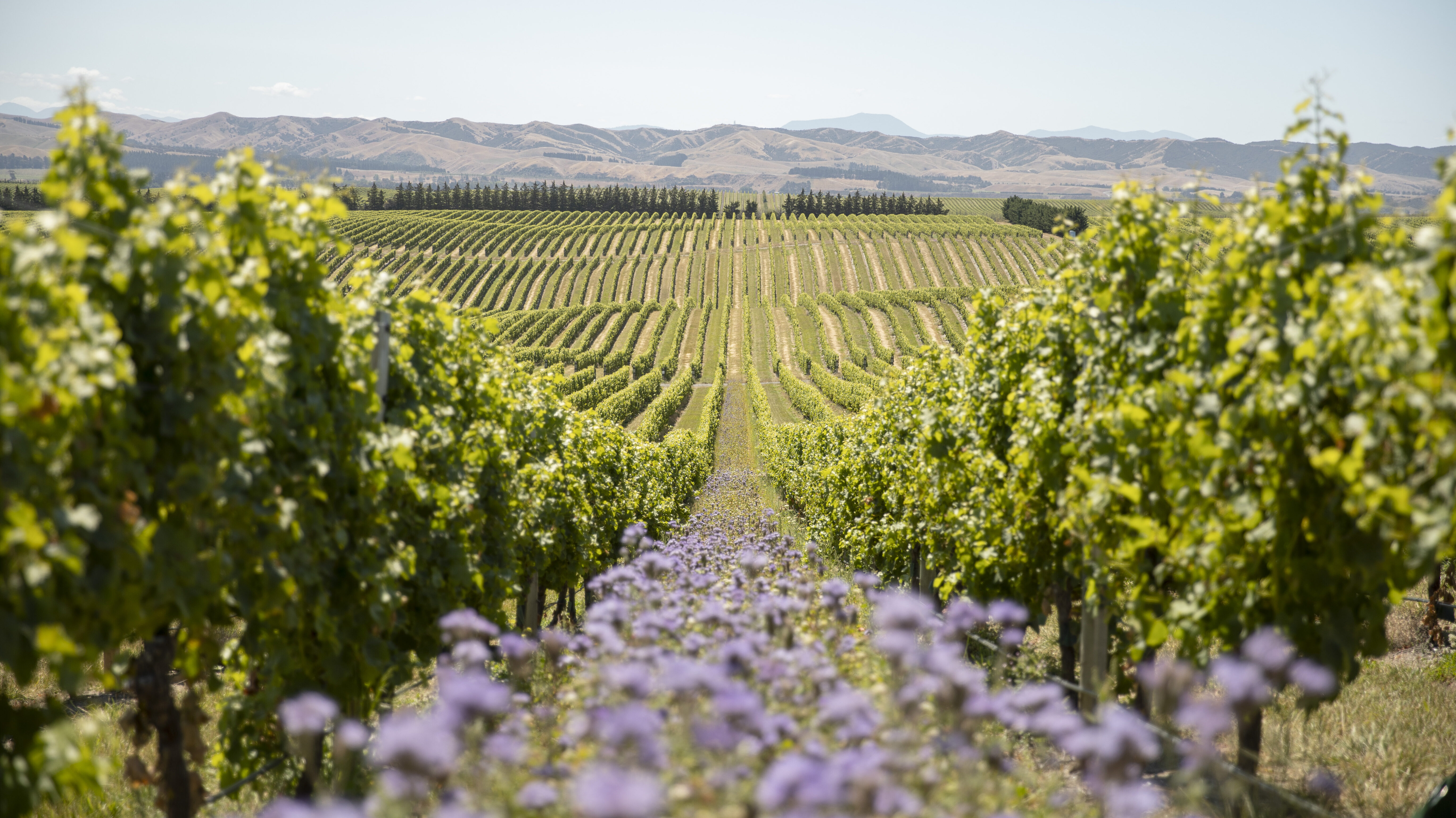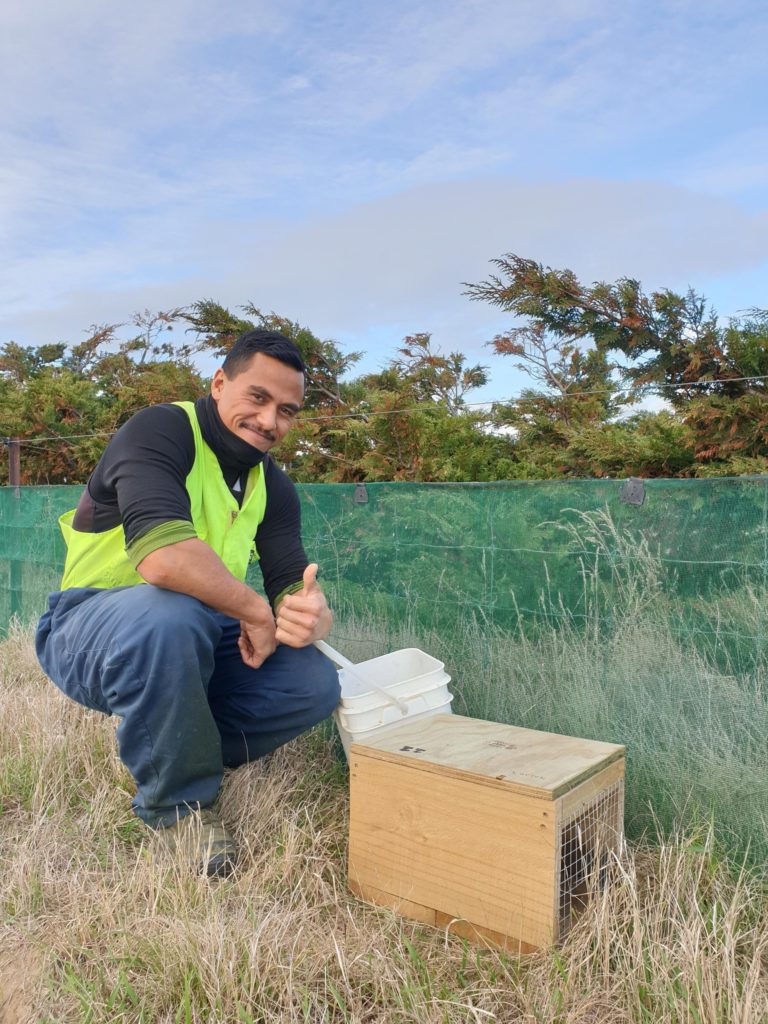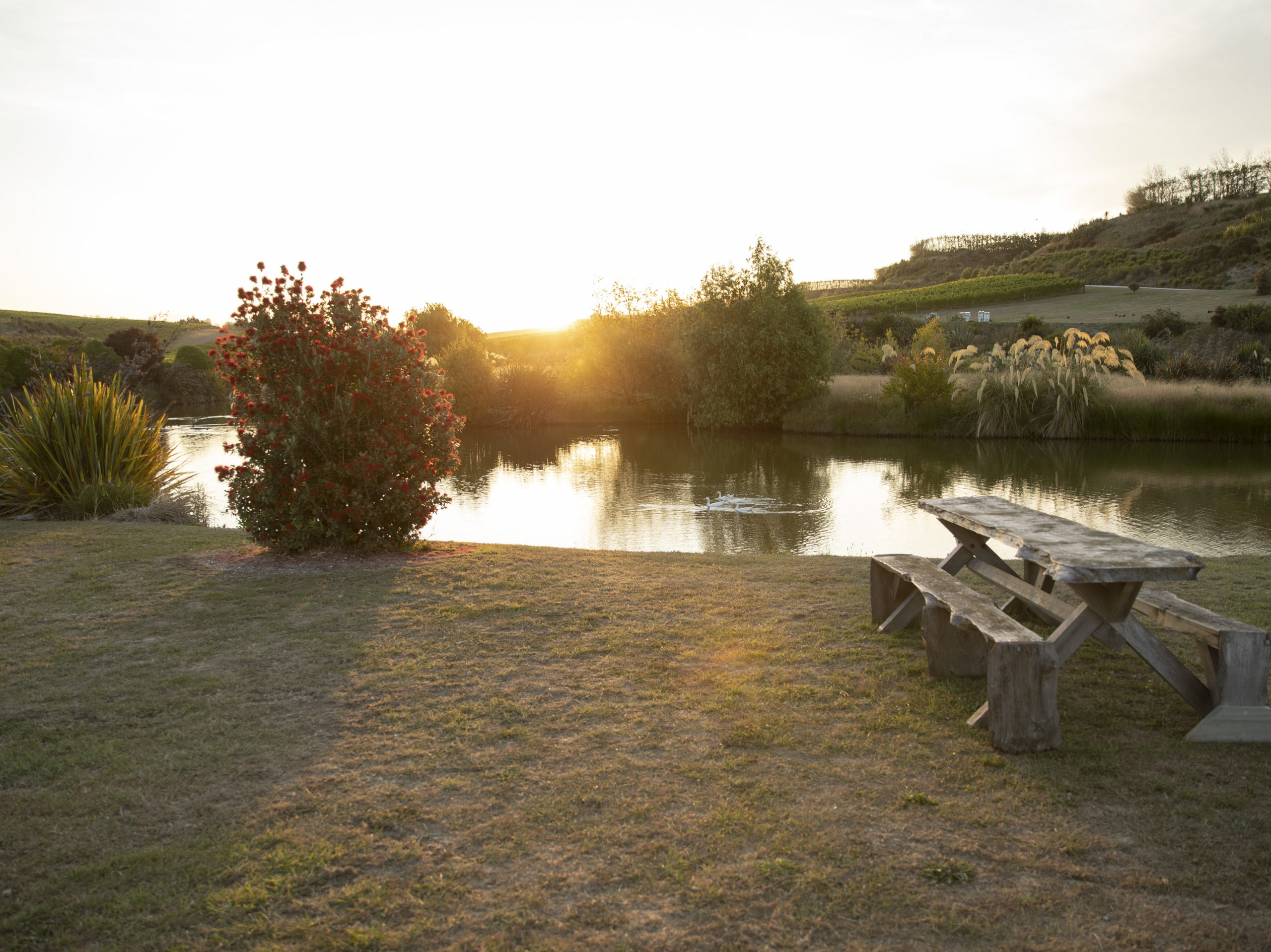Tara Smith is Sustainability Manager for Yealands Estate. The role is a new one – she started in May 2019 – but sustainability has been part of the Yealands vision since the vineyard’s beginnings in 2008. Recently the Yealands team have added predator trapping to their long list of eco-friendly initiatives.

Each day Tara and her fellow employees travel by ride-share out to the Seaview Vineyard at its idyllic coastal setting, in the Awatere Valley, Marlborough. Onsite, the vineyard has solar panels and wind turbines reducing energy needs, vine prunings are burned to generate more energy savings and Babydoll sheep graze between the vines to reduce tractor use. Two members of the Grounds Team have taken on responsibility for trapping.

“A big part of my role is to collect data on our carbon emissions and engage staff to help us reduce emissions in all areas Tara explains. “We look at where we can reduce and where we maximise our efforts. We are passionate about biodiversity with one of our sustainability pillars being Environmental Enhancement. We have a variety of pests which can impact native species numbers,” she adds. “Currently we are trapping ferrets. The team used to catch some stoats as well in the past but haven’t caught any recently.”
Last year staff from the grounds team went on a trapping course in Picton organised by the Department of Conservation.
“They went in their own time, on a Sunday, and came back from the course saying ‘We need DOC 250s’,” Tara says. “They learnt how to use these traps and we now have twenty DOC 250 traps and eighteen steel traps, located around the vineyard which is about 1000 hectares, although we are targeting the vegetated areas to protect native birds. The Grounds Team have also set up a nursery on site where they’re propagating natives and have plans to revegetate lots of areas.”
The trapping programme has been going for over a year now.
“It started small, but last year we were really motivated to do more,” says Tara. “The addition of the DOC 250 traps was partly funded through our staff Sustainability and Innovation programme, contributing to our environmental enhancement goal.”
Seaview Vineyard is the largest single vineyard in New Zealand.
“To increase biodiversity and restore vegetation we’ve been doing a lot of planting over the 1000 hectares, but we realised pests were also a problem that we needed to do something about,” says Tara.
The Grounds Team are an enthusiastic bunch who carry out a variety of work including mowing, planting, weeding and feeding the chickens. That’s right – the vineyard has chickens too.
“There are about 100 hens,” Tara confirms. “The eggs are made available for charity kitchens or distributed to staff and also used to bait the traps, along with dog food and rabbit meat. Originally the chickens were introduced to help control grass-grub, however we would need a lot more chickens for effective grass-grub control in the vineyard. We feed them food scraps from the lunchrooms and get eggs in return. And visitors love the chickens- they’re very friendly..”

The Babydoll sheep were initially introduced to the vineyard as a miniature breed that could graze between the vines year-round. However, they haven’t quite lived up to original hopes as – they can cause damage to the vines much like other breeds of sheep, so are now only allowed to graze between the rows in winter. In addition, we bring up to 4,000 merino sheep to graze the vineyard over winter and together they make a significant contribution to sustainability during those winter months.
“Our diesel use is significant,” Tara explains. “Our biggest emission source from tractors is mowing between the vines. We mow so the grass doesn’t compete with the vines for nutrients and water, as we want to limit water use and vineyard inputs too. The sheep love weeds so we can reduce the mowing by having sheep in the vineyard for a few months over winter.”
Energy efficiency, environmental enhancement, waste minimisation, procurement (making better purchasing decisions) and active, ethical community engagement are the ‘5 pillars’ on which sustainability targets are based at Yealands.
“Yealands have been Toitū carbonzero certified since inception and are also a member of International Wineries for Climate Action (IWCA). As a company we have committed to a 50% reduction in carbon emissions by 2030, with an 80% reduction by 2045,” says Tara.
Being Toitū carbonzero certified and belonging to the IWCA isn’t just about having good intentions – you have to show you’re living up to them as well. An impressive 25% of energy needs are already generated on site through large solar panels, wind turbines and burning vine prunings.
“Emission reductions are calculated on a base year. You have to show you have a plan in place to reduce emissions and you must show a reduction in emissions over time,” Tara explains. “We’re getting close to a 20% reduction from our base year at the moment, but we still have some hard work to do!”
Here’s how some of those reductions have been achieved:
- Two traditional wind turbines and a horizontal axis wind turbine generate extra power for use in the winery. These turbines are capable of producing 48,000 kWh of energy annually.
- During winter, vine prunings are baled to be burned for energy in two specially installed burners in the winery. Each bale weighs around 100kg and when burned provides the equivalent heat of approximately 30Kg of LPG. At full capacity our burners can produce 500kW of energy, enough to keep the average Kiwi household going for three weeks! Yealands are the only New Zealand winery to use such burners as an energy source. Approximately 10% of all grapevine prunings are baled and then seasoned for up to 6 months, to ensure they burn cleanly. This process eliminates over 161 tonnes of CO2 per year
- The northern side of the Yealands Estate winery roof in the Awatere Valley is home to one of New Zealand’s largest solar panel installations. It produces more than half a million kW hours per year – enough to power 70 average New Zealand households!
Trapping introduced predators and restoring biodiversity fits right in there with the Yealands sustainability company culture and the Grounds Team are already reporting an increase in bellbirds from their efforts. The evidence is anecdotal at the moment, but Tara is looking into trapping apps to record the team’s efforts more easily and hopes to introduce fauna surveys in the future to capture data on the biodiversity response.

